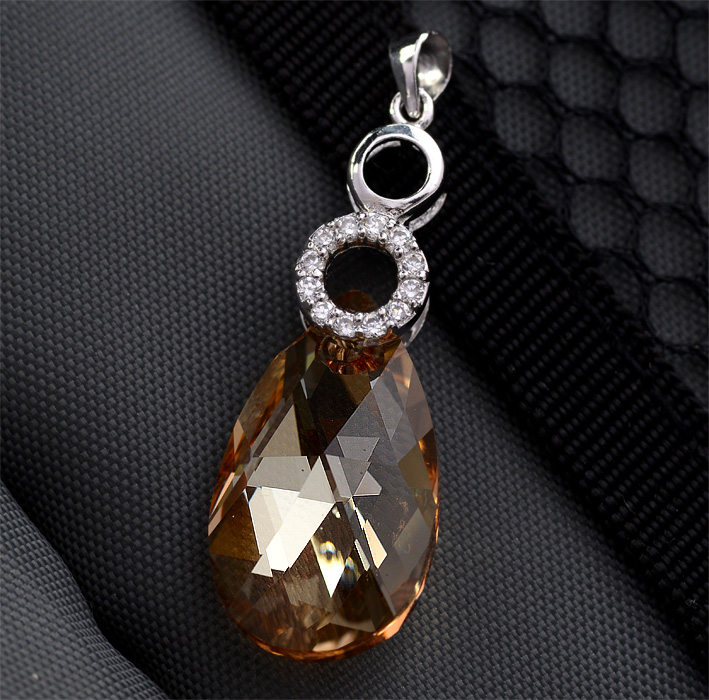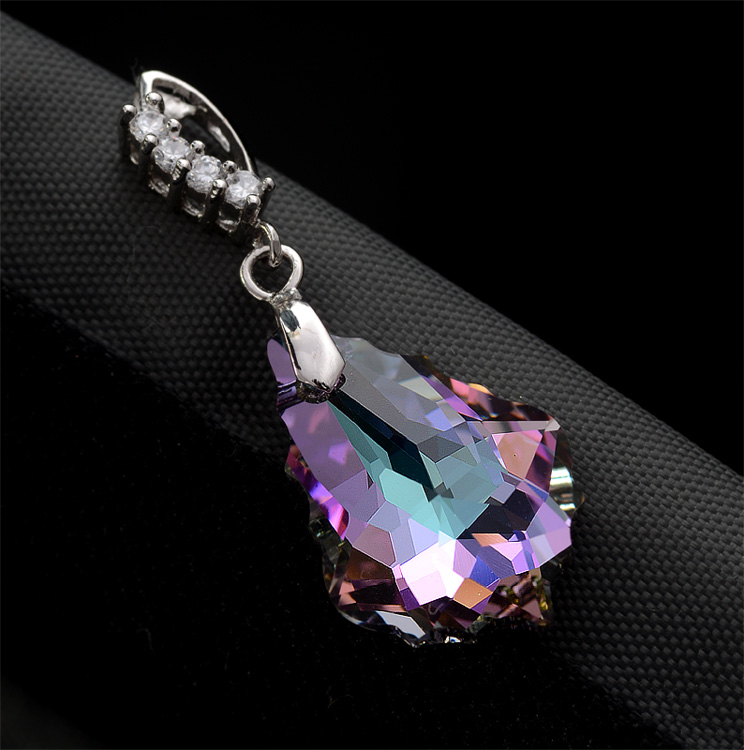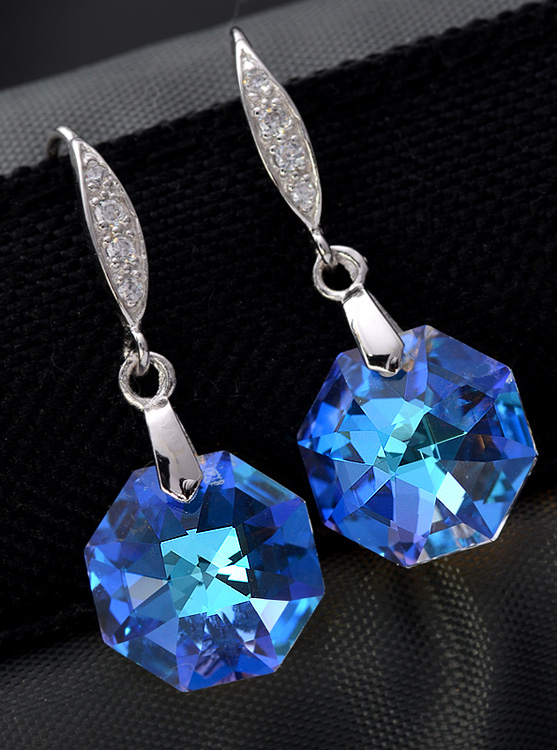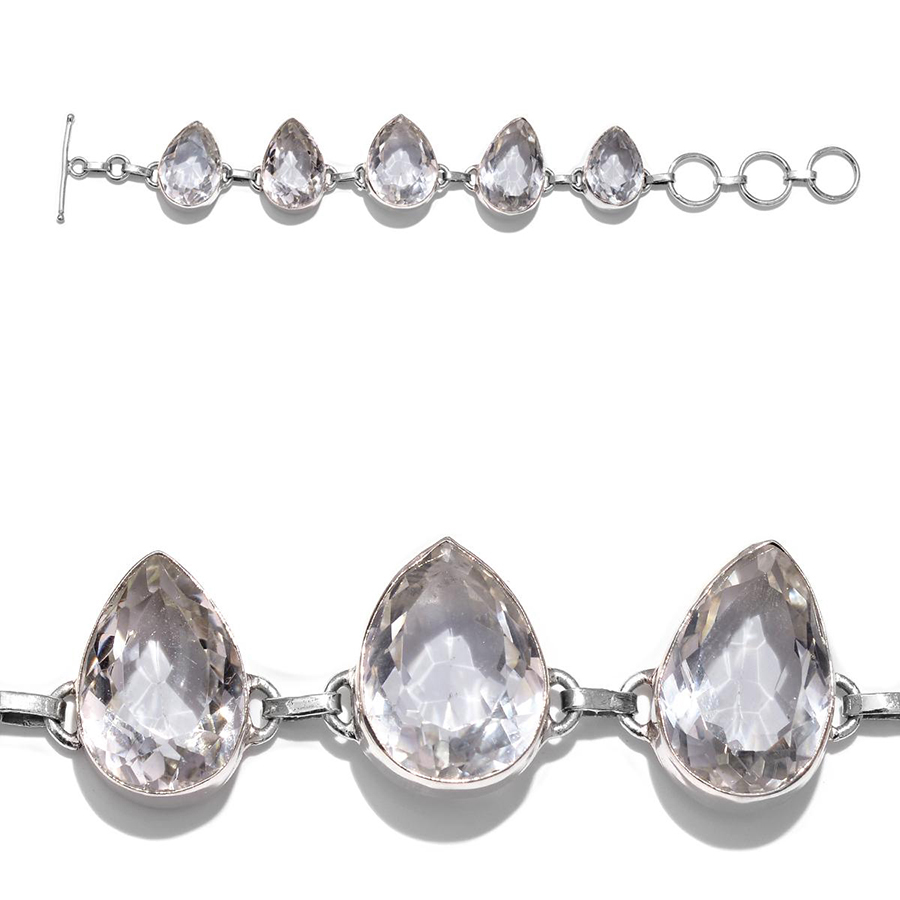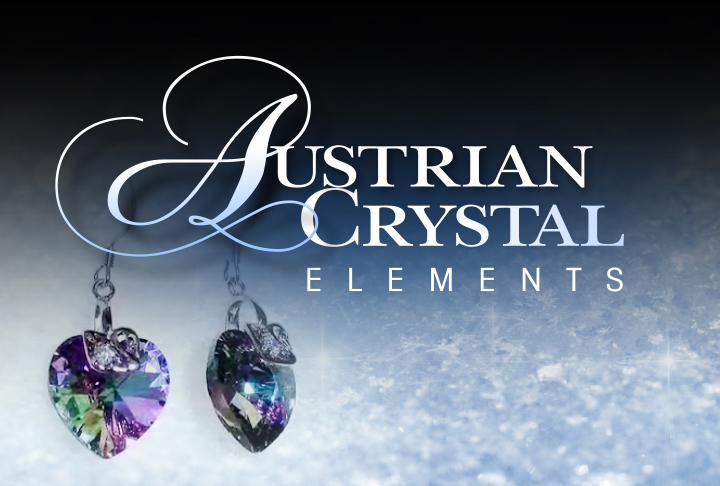Crystal: Austrian
Austrian crystal offers a magnificent palette of inspiration with its variety of colors, shapes and sizes. Coupled with the country's passion for detail and high-precision cutting, Austrian crystal adds sophistication and glamour to any embellishment.
Austrian crystal is considered a rhinestone. The name rhinestones originated on the shores of the Rhine River that borders Austria. Early Europeans gathered sparkling rock crystal pebbles from the river's bank to use as adornments. Austrian crystal is handmade using a technique traditionally known for cutting hand-blown glass. Austria leads the world in the production of precision-cut crystals. They are used in fashion and jewelry as well as in architecture, lighting and interior designs.
- Some traditions credit crystals with extending relief for sufferers of stress, arthritis or joint pain.
- Crystals have been believed to alleviate traces of poisoning and ease depression.
LOCATION: Austria
More than 3,000 years ago, the art of glass making was developing in Mesopotamia, Egypt, China, Greece and Austria. By the 15th century, the city of Vienna was leading Europe in the production of select glassware. The diverse elements involved in glassmaking resulted in Vienna's version with delicate features and minimal fractures making it the perfect base for the country's new industry.
In the late 1800s, while still in Bohemia (now part of Czech Republic), Daniel Swarovski invented a machine that could cut the crystals. Although, he obtained its patent in 1892, concerns swirling around his trade secrets leaking to competitors, forced him move to Wattens, Austria. From then on, he continued his work based in Austria.In 1977, Austrian Crystals reached the American market and instantly became popular thanks to their clear brilliance, color and fair pricing.
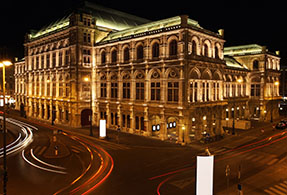
- Sourced from Austria.
- Colors available in unlimited hues with a rainbow reflection.
- Austrian crystal is formed by melting sand, soda, lime (from limestone) and other compounds at high temperatures. This process improves the clarity of glass, adding brightness, gleam and the ability to refract light.
- These crystals are unusual as they are highly reflective, a feature brought by the purity and clarity of the molten glass.
- Austrian crystal coatings come from various metals, which produce a high degree of sparkle and glitter. Skilled craftsmen then form prisms that bring forth layers of radiant color.
